October 2018

Before we embark on a study of our traditional literature—what we call śruti and smṛti—with our modern conception of history, seeking the absolute chronology of a certain treatise and the relative chronologies of a set of treatises, we must acquaint ourselves with both the Indian conception of history as well as the traditional accounts of our history.
The Indian view of history was to emphasize value over fact. Since the ancient Indians...
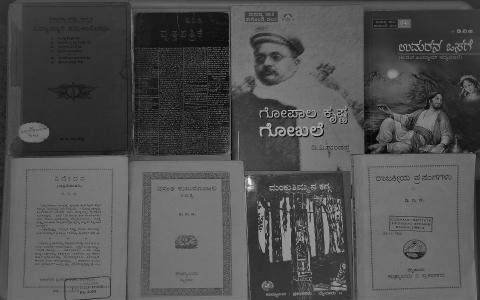
ಡಿ.ವಿ.ಜಿ. ಭಾಷೆಯ ಸಿಂಹಾವಲೋಕನ
ಈ ಲೇಖನದ ಮುಂದಿನ ಭಾಗದಲ್ಲಿ ಗುಂಡಪ್ಪನವರ ಗದ್ಯದ ಬರೆಹಗಳಲ್ಲಿ ಅವರ ಹಸ್ತಾಕ್ಷರದಂತೆ ವಿಶಿಷ್ಟವಾಗಿ ತೋರುವ ಕೆಲವು ವಾಕ್ಯವಿಧಾನಗಳನ್ನು ಸೂಕ್ತ ಉದಾಹರಣೆಗಳೊಂದಿಗೆ ಸಂಗ್ರಹಿಸಿದ್ದೇನೆ. ಉದಾಹರಣೆಗಳು ಹೆಚ್ಚಿನ ವಿವರಣೆಯನ್ನು ಅಪೇಕ್ಷಿಸದ ಕಾರಣ ಅವುಗಳ ಪರಿಯನ್ನು ನಿರೂಪಿಸುವ ಒಂದೆರಡು ಮಾತುಗಳನ್ನಷ್ಟೇ ಬರೆಯಲಾಗಿದೆ. ಗುಂಡಪ್ಪನವರ ಸಾಹಿತ್ಯ ಬಹಳ ವಿಸ್ತೃತವೂ ಗಹನವೂ ಆದದ್ದು. ಅದರ ಎಲ್ಲ ಬಗೆಯ ಸ್ವಾರಸ್ಯವನ್ನೂ ಹಿಡಿದಿಡಲು ಯತ್ನಿಸುವುದು ಸಾಹಸವೇ ಸರಿ. ಹೀಗಾಗಿ ಪ್ರಸ್ತುತಲೇಖನದ ಮಿತಿಯ ಒಳಗೆ ದಿಕ್ಸೂಚಕವಾಗಿ ಕೆಲವೇ...

Malik Kafur came to Devagiri, which was at the forefront of South India. Ramachandra was the king of that region. Initially, all of Malik Kafur's ruthless attacks bore no fruit. However, in his second battle with Ramachandra, Malik Kafur defeated him using deceit and foul-play. Soon after, he came to Kapilaraya's Anegondi. Even there, there was widespread bloodshed. Then he attacked Ballala III, a weak Hoysala king who was ruling over...
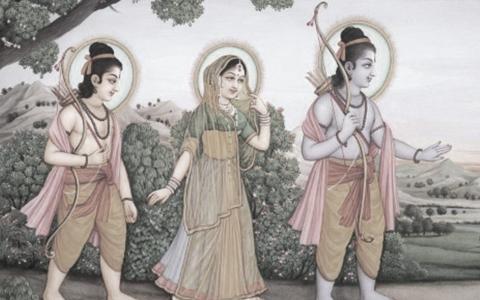
There was a great king named Aja in the Ikṣvāku dynasty. Daśaratha was his son. He had four sons who were all experts in dharma – Rāma, Lakṣmaṇa, Bharata, and Śatrughna. Rāma’s mother was Kausalyā; Bharata’s mother was Kaikeyi; Lakṣmaṇa- Śatrughna’s mother was Sumitrā. Janaka, the king of Videha, had a daughter named Sītā. Tvaṣṭṛ (Brahmā) himself created her to become the beloved queen of Rāma.
The creator of all the worlds and the self-existing...
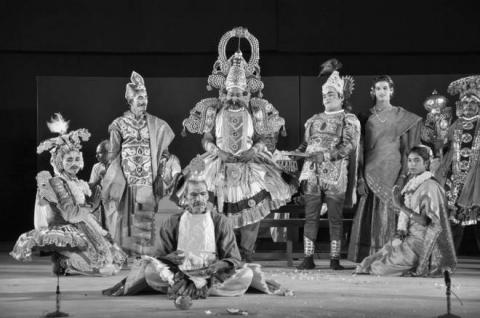
In his insightful essay titled ‘Uparūpakas and Nāṭyaprabandhas’, Dr. V Raghavan classifies these (i.e., the lyrics/ scripts used for different theatrical/ Yakṣagāna-like presentations) as ‘Kāvya’ or ‘Citrakāvya’, a kind of Uparūpaka. (Refer –
[caption id="attachment_13946" align="alignleft" width="166"] Dr. V. Raghavan[/caption]
Sanskrit Drama – Its Aesthetics and Production, page 183). One should not mistake these either for pure poetry or for...
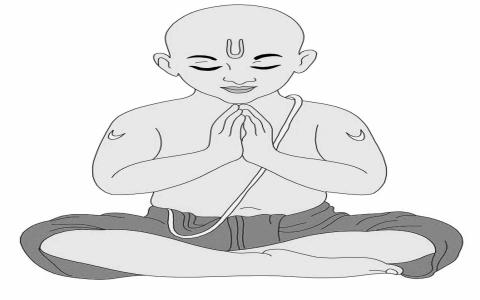
The word ‘upanayana’ means ‘leading closer’ or ‘taking nearer.’ It could mean ‘leading closer to wisdom’ or ‘taking near the ācārya for the sake of learning.’[1] Another meaning of the word ‘upanayana’ is ‘additional eye’ or ‘the eye of knowledge.’ It is variously called ‘upayana,’[2] ‘brahmopadeśa,’ ‘upānaya,’ ‘mauñjī-bandhana,’ and ‘baṭu-karaṇa,’ ‘vrata-bandha.’[3] In any case, it refers to taking a young boy formally into student-hood.[4] The...

ಪ್ರವೇಶಿಕೆ
ಆಧುನಿಕಕಾಲದಲ್ಲಿ ಕರ್ಣಾಟಕದ ನಾಡು-ನುಡಿಗಳನ್ನು ರೂಪಿಸಿ, ಅವುಗಳ ಸಮೃದ್ಧಿ-ಸೌಂದರ್ಯಗಳಿಗಾಗಿ ಶ್ರಮಿಸಿದವರ ಪೈಕಿ ಡಿ. ವಿ. ಗುಂಡಪ್ಪನವರು ಅಗ್ರಗಣ್ಯರು. ಋಷಿಕಲ್ಪರಾದ ಅವರ ವ್ಯಕ್ತಿತ್ವ-ವಿದ್ವತ್ತೆಗಳ ಬಗೆಗೆ, ಪ್ರತಿಭೆ-ಪ್ರಾಜ್ಞತೆಗಳ ಬಗೆಗೆ ಸಾಕಷ್ಟು ಪ್ರಮಾಣದಲ್ಲಿ ಮಾಹಿತಿ ಲಭ್ಯವಿದೆ; ಇದು ಕನ್ನಡಿಗರ ಭಾಗ್ಯ. ಆದರೆ ಡಿ.ವಿ.ಜಿ.ಯವರದು ಮಹಾಕಾವ್ಯೋಪಮವಾದ ಜೀವನ. ಧ್ವನನಶೀಲತೆಯೇ ಶ್ರೇಷ್ಠಸಾಹಿತ್ಯದ ಹೆಗ್ಗುರುತಲ್ಲವೇ? ಪ್ರತಿಕ್ಷಣವೂ ಬಗೆಬಗೆಯ ಹೂವು-ಹಣ್ಣುಗಳಿಂದ ನವೋನವವಾಗಿ ಕಂಗೊಳಿಸುವ ವಸಂತದ ವನರಾಜಿಯಂತೆ, ಮಹಾಕಾವ್ಯವು ಸವಿದಷ್ಟೂ...
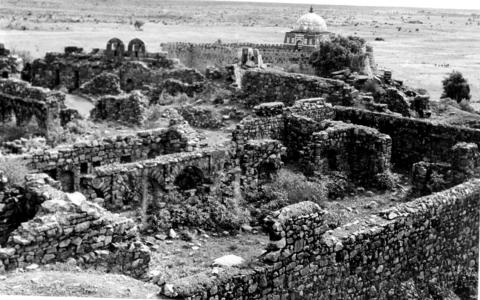
Our 'leaders' and 'intellectuals' have turned a blind eye to the rampant whitewashing of the atrocities committed [by the Muslims]. And so, we can observe a few more aspects:
Just as Timur himself records, when he pillaged the town by name Dipalapura, he gave the order to kill ten thousand people within an hour and ensured that it was executed thus. He looted all the grains in every house and then set them all on fire.
He killed two thousand...

Sometime after this episode[1], Duryodhana felt that he too should perform a grand yajña like Dharmarāja. Upon learning of this, Karṇa said, “Indeed! This can take place. Now, all kings have been brought under your control; we shall call the ṛtviks and start the preparations for conducting the yajña! Nothing else remains.” When the purohita was called, he said, “Mahārāja! Yudhiṣṭhira is still alive; your father is aged. Therefore, you conducting...

The word ‘Śāstra’ refers to a well-structured presentation with novel insights (Śaṃsana Śāsana-prajñā). Anything that has these characteristics can be said to be ‘Śāstrīya’. A Śāstra usually is in the form of a written set of rules as well as unwritten but traditional practises that come along with the community conciousness. Although folk forms of art might not conform to a set of written rules, they are the products of the tastes of people...
